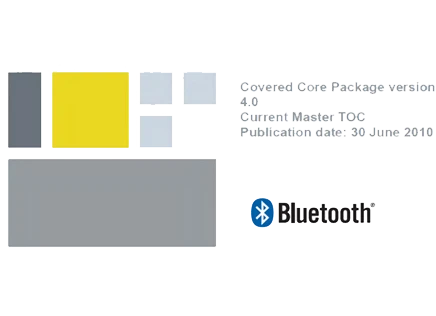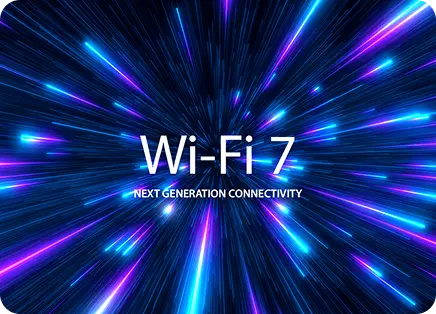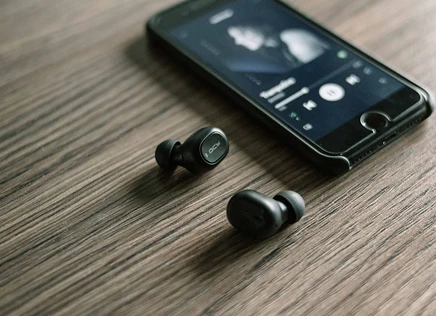
A few days ago the Bluetooth Special Interest Group (SIG) adopted the latest specification for Bluetooth. Bluetooth 4.0 adds a completely new technology called Bluetooth Low Energy or LE. This new wireless protocol is different to the Bluetooth protocol we’ve been using for years and is focused on new devices that are low power. The other protocol is now referred to as Bluetooth Classic and it will continue existing alongside Bluetooth Low Energy.
Bluetooth v4.0 throws open the doors to a host of new markets for Bluetooth manufacturers and products such as watches, remote controls, and a variety of medical and in-home sensors
– Michael Foley, executive director of the Bluetooth SIG
Fast
Bluetooth 4.0 uses the same 2.4GHz band we all know and love (so it’s compatible worldwide). The datarate is 1Mbps which is identical to Bluetooth Basic Rate (BR). Like BR, GFSK is also used but the different modulation index and other parameters means it’s simpler to implement. Many 2.4GHz radios already exists that have GFSK capability and would likely be able to support BLE. Compared to a lot of other protocols, 1Mbps is relatively fast and strikes a balance between performance and range.
Low Power
The big focus for Bluetooth 4.0 are low power devices. The protocol is designed to have low power Peripheral devices that connect to more power hungry Central devices such as smartphones. Bluetooth LE is designed to allow devices to run from small coin cell batteries which will enable all kinds of new applications. Before BLE, Bluetooth Classic needed large batteries, either rechargeable Lithium, Alkaline or others. The main issue with Classic was that the peak current draw could reach 30mA which coin cell batteries could not provide. Instead, BLE is expected to require a third of this or less which are much easier to support.
Data Focused
While the original Bluetooth specification was used mainly for audio applications, Bluetooth LE is geared towards data, especially small amounts of data that can be sent by sensors. It’s not designed for any kind of audio, but for that there’s Bluetooth Classic.
Security
Bluetooth 4.0 leverages the security of Bluetooth to protect data from being sniffed or modified. It uses AES-128 encryption and protection against Man-In-The-Middle (MITM) attacks. The original Bluetooth Classic had plenty of security issues at the start, so it’s good to know that security is a focus for the Bluetooth SIG and not an afterthought.
Simplicity
One of the main goals of the Bluetooth SIG in developing the Bluetooth Low Energy specification was to simplify Bluetooth. The Original Bluetooth Classic protocol has many layers (around 6), which means the protocol stack is large. This complicates everything from implementation to testing and certification which made Bluetooth Classic product development a challenge. It also mean chips can be smaller because they need less memory and . BLE reuses many concepts from Bluetooth, but it simplifies everything resulting in a slimmer stack that’s easier to work with
New Applications
The new specification is intended to enable new medical, health, and fitness devices among others that require small sizes, low power and don’t need to send large amounts of data. For example, a low power sensor that needs to send temperature or humidity periodically is a fantastic fit for Bluetooth LE.
The new specification is already out but it will be a while before Bluetooth 4.0 devices are out, especially because smartphone support for the specification is critical for adoption.








